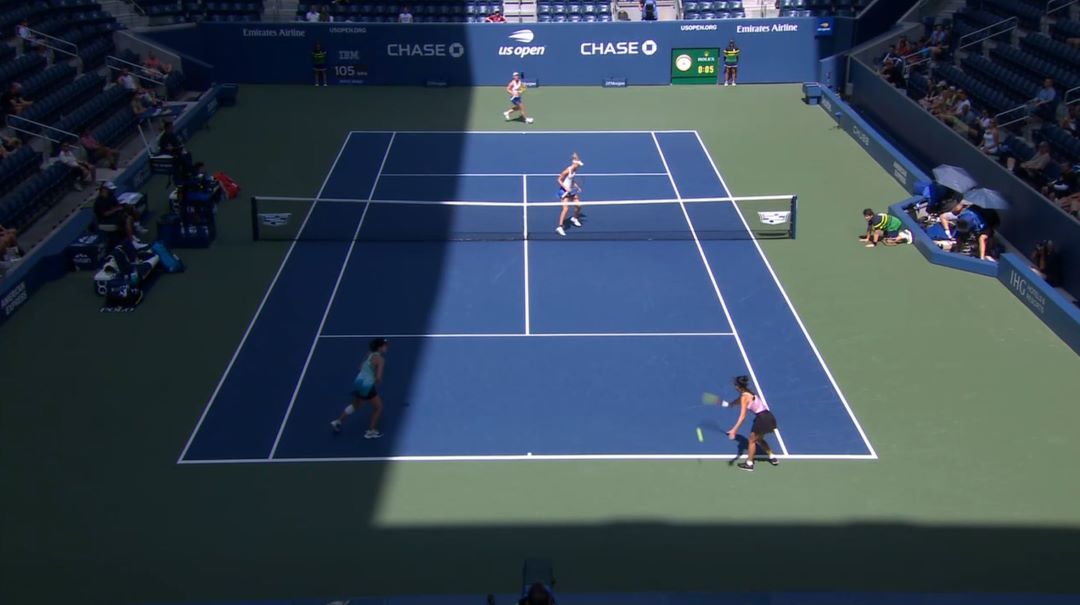A player with a “C” next to their NTRP rating has completed enough USTA League matches for the computer to calculate a high-confidence rating. Players who are new to the NTRP system or do not have any sanctioned matches within the past three years are required to go through a self-rating process. Self-rated players are marked with an “S.” Based on my experience, most USTA tennis players are both aware of and well-versed in the C and S ratings.
Today’s post exclusively focuses on the less common “T” rating. That signifies tournament exclusive. T-rated players have played enough matches to qualify for a C computer rating. However, all of their results were in tournaments rather than USTA League play. As it turns out, tournaments don’t really matter all that much to the NTRP algorithm. I think it is high time to reconsider the necessity of the T rating.
Thinking through the history that most likely precipitated the tournament-only rating is a fascinating and revelatory journey. I should preface the rest of this post with the disclaimer that I have zero first-hand knowledge of what ultimately led to the T rating. However, I am pretty sure I have the broad strokes basically right.
To fully understand the “T” designation, we first have to remember how the USTA committees are structured. The NTRP system was originally developed and deployed exclusively for USTA League play. Consequently, oversight of the NTRP system falls under the USTA National committee that presides over League play.
On the other hand, tournaments fall under the Adult Competition Committee at USTA National. In fact, that rather non-intuitive name is reflective of the fact that tournaments preceded USTA Leagues by decades. Tournaments used to be the exclusive form of Adult competition. This is the roots of age-group open events.
Somewhere along the way, it was decided that conducting NTRP-leveled tournaments would be a good idea. However, for that to occur, the National League committee, which owns the NTRP system, would first have to grant permission for tournaments to participate in the algorithm.
The easiest way to do that would simply be to count each tournament match as equivalent to USTA League matches in the NTRP calculations. The mere existence of the “T” designation is indisputable evidence that this straightforward option was discarded in favor of treating tournaments differently.
There is considerable evidence that tournament play is weighted less than USTA League matches. Additionally, it is apparently not possible for a player to accumulate enough tournament matches to earn a Computer rating. In the absence of that, players who have competed only in tournaments will retain the “T” NTRP rating designation unless they find a way to get a USTA League match under their belt.
Tomorrow I will share a real example of why it matters. Today I am focusing exclusively on the question of why the tournament-only T rating exists at all.
The most simple explanation is that the USTA League committee was concerned that the existing USTA League players would enter tournaments for the explicit purpose of tanking matches to manipulate their NTRP ratings. In fact, I can think of no other plausible explanation that leads to the same outcome. (As always, I am happy to entertain alternative theories.)
The existence of the T rating inadvertently reveals an uncomfortable truth about the NTRP system. The USTA League Committee was so concerned about rating manipulation that they tried to shut down the possibility of that via tournament play. The systemic underweighting of those tournament matches is tantamount to a confession that NTRP rating manipulation is a legitimate concern. If it wasn’t, then the T rating would not be a thing.
I find it to be incredibly duplicitous that at one point in time, the USTA National League Committee pointed at prospective NTRP tournaments with self-righteous indignation over potential rating manipulation. At the same time, they simultaneously failed to either recognize or acknowledge that it was already a problem in USTA League competition. The simple fact of the matter is that there is significantly more opportunity for a player to tank matches for NTRP rating purposes in League matches than in tournaments.
In addition to the apparent disingenuous reasons that the T rating even exists, the different rules imposed against it creates a significant disadvantage for certain players. The T rating negatively impacts people who live in sparsely populated areas. It also penalizes players who rise above the level of competition in their local area.
Tomorrow I will outline examples of specific negative impacts of the T rating on specific players. I will also describe the depressive impact on overall participation in tennis.
In the meantime, I will close with this simple statement: I think it is time to ditch the “T.”
- 2023 USTA League National Regulations, USTA Resource Document, May 31, 2023.




Then you should take a look at the M ( mixed) rating that my husband and I used to have because we played only Mixed Doubles in tournaments!
They pressured us to self rate to get rid of the M. Then we had to go o to the trouble of explaining ourselves to the level 4 TDs who do not allow self-rated players in those tournaments without proof that the self rate was accurate.
Just heard today in the Austin Sun Burned Tournament that they are finally going to bring back national NTRP Mixed Doubles rankings and championships in 2024!